
Closeup on the Devil S or Stripetailed Scorpion, Hoffmannius Spi Stock Photo Image of
Strong, striped tail with enlarged, spinelike, terminal granules on dorsal keels (a character shared by most Vaejovis scorpions, but not on Paruroctonus ); hands relatively small, rarely robust (like this one), and smooth (no keels), lustrous. Dorsum lustrous, granular, usually darker than appendages. Carapace slightly darker behind interocular.

Stripetailed Scorpion (Hoffmannius spinigerus) (Vaejovis … Flickr
The Stripe-Tailed Scorpion, otherwise known as the Arizona Devil Scorpion or Wood Scorpion, is home to Arizona and parts of New Mexico & California. Officially known as Paravaejovis spinigerus, it grows to about 2-3 inches, and usually tan to dark brown in color with darker stripes across its back.
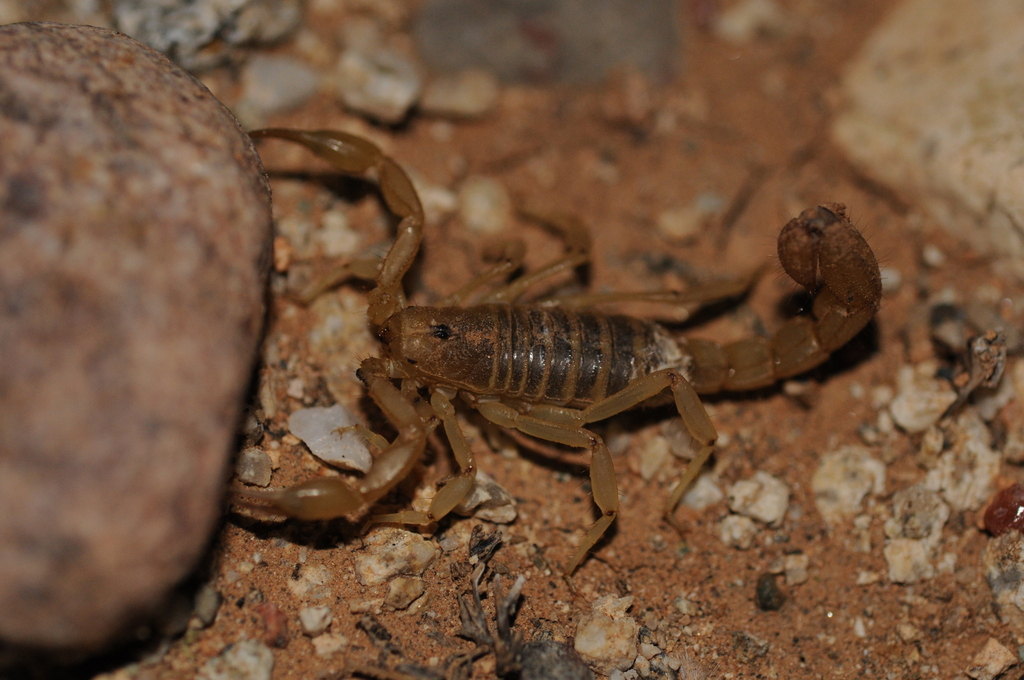
Stripetailed Scorpion (California Scorpions) · iNaturalist
Scorpions are black, tan, red, or brown arachnids with pincers and a thick tail. Their thick segmented tails are curved upwards and ready to be used against prey or to defend themselves from predators. As arachnids, scorpions share some traits with spiders.

Stripetailed Scorpion Stock Image C043/7276 Science Photo Library
Also known as the devil scorpion, the stripe-tailed scorpion gets its name from the dark brownish stripes on their light brown bodies. These scorpions grow up to 2.5 inches long, and their venom is not considered dangerous to humans. These common scorpions can be found in southern California, Arizona, New Mexico, and Texas.

Stripe tailed Scorpion Vaejovis spinigeris Tucson, Arizona, United States 20 July 2009 Adult
The stripe tailed scorpion is Arizona s most common species of scorpion. This species occurs in a variety of habitats from near sea level to 7000 feet (2100 m) in Texas, New Mexico, Arizona, southern California, Sonora, and northeastern Baja California del Norte. These sturdy, medium-sized scorpions are usually under rocks during the day.
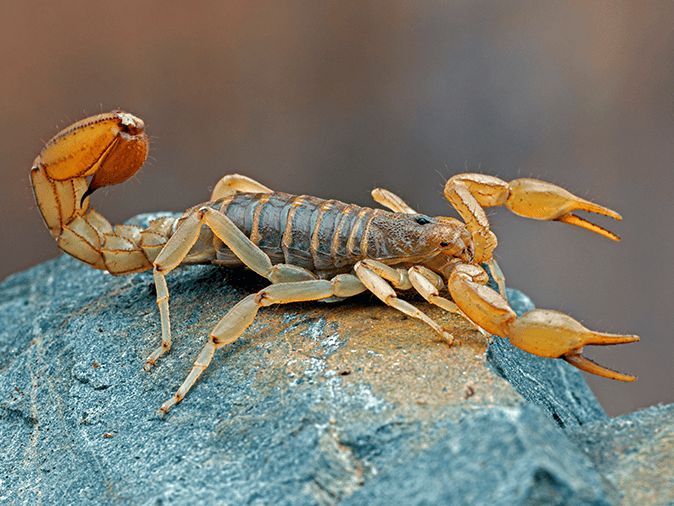
An Extensive Guide To Striped Tail Scorpions In AZ Scorpion FAQs
Stripe-tailed Scorpion GENERAL Paravaejovis Hoffmannius spinigerus or the Striped-tailed scorpion (also commonly referred to as the devil scorpion), can be found throughout Arizona and southwestern New Mexico, they are a very common species in the area. They also are a commonly kept species as pets. HOUSING
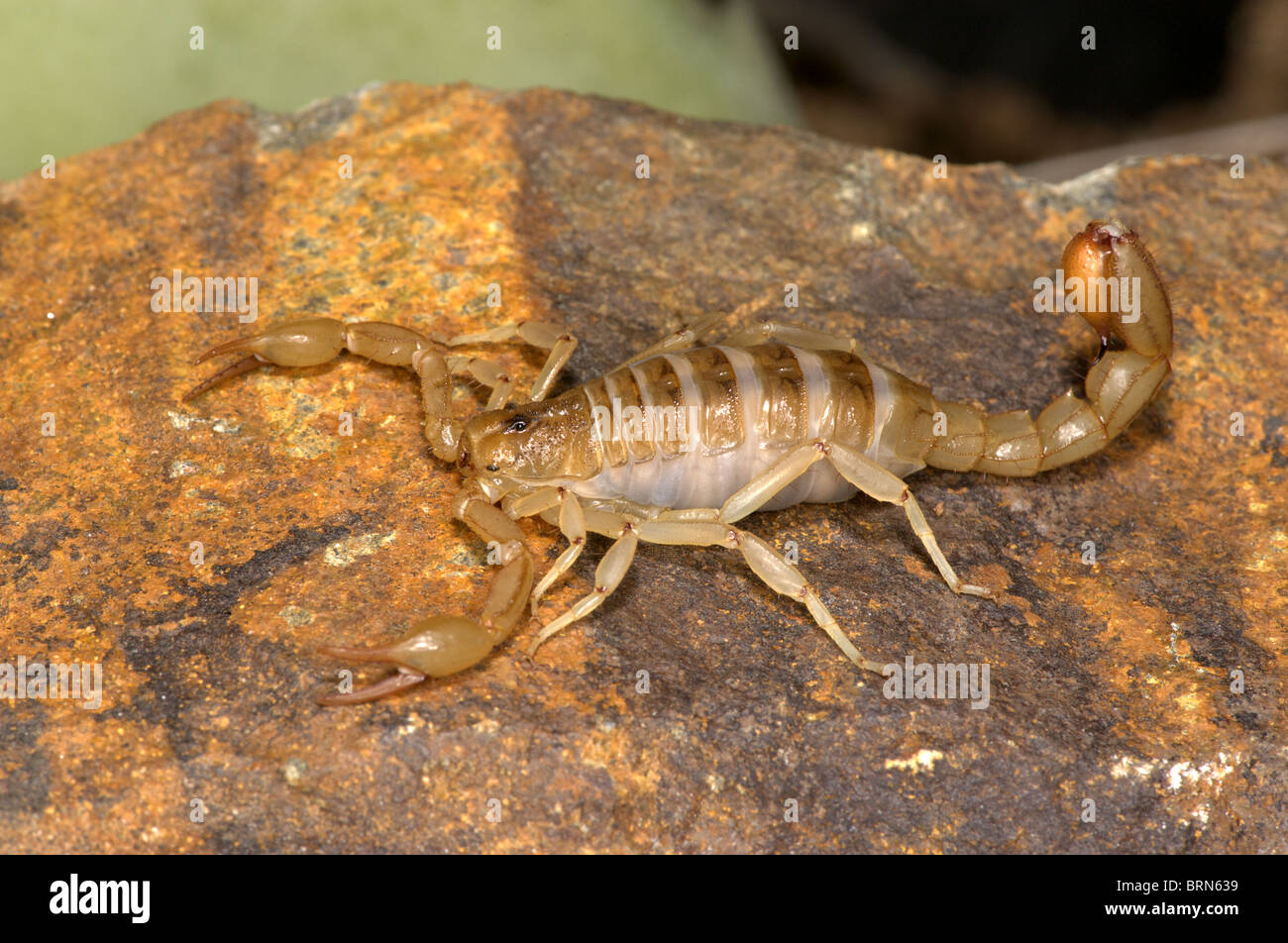
Stripetailed Scorpion Stock Photo Alamy
#2. Northern Scorpion Paruroctonus boreus Identifying Characteristics: Tan with dark brown stripes on the back. Large round pincers. This arachnid is the most cold-tolerant scorpion in the United States. You will typically find Northern Scorpions near sandstone cliffs.

E16 P1010008 Paravaejovis Spinigerus Stripe Tailed Scorpion on Rock Copyright Ernie Cooper 2019
Paravaejovis spinigerus is a medium-sized scorpion with large adult males and females reaching nearly 60-70 mm, weighing approximately 9.5 g. It can be differentiated from the Arizona bark scorpion ( Centruroides sculpturatus) by the brownish-tan stripes on the back of its tail along the keels or ridges; the tail is typically thicker than the.

P1010026 Stripe Tailed Scorpion, Paravaejovis Spinigerus, Isolated on White, Front View CECP
Paravaejovis spinigerus, [1] commonly known as the stripe-tailed scorpion or devil scorpion, is a species of scorpion in the family Vaejovidae. It is found in the south-western United States and north-western Mexico. Tultepec México. Paravaejovis spinigerus is a medium-sized scorpion with large adult males and females reaching nearly 60-70.
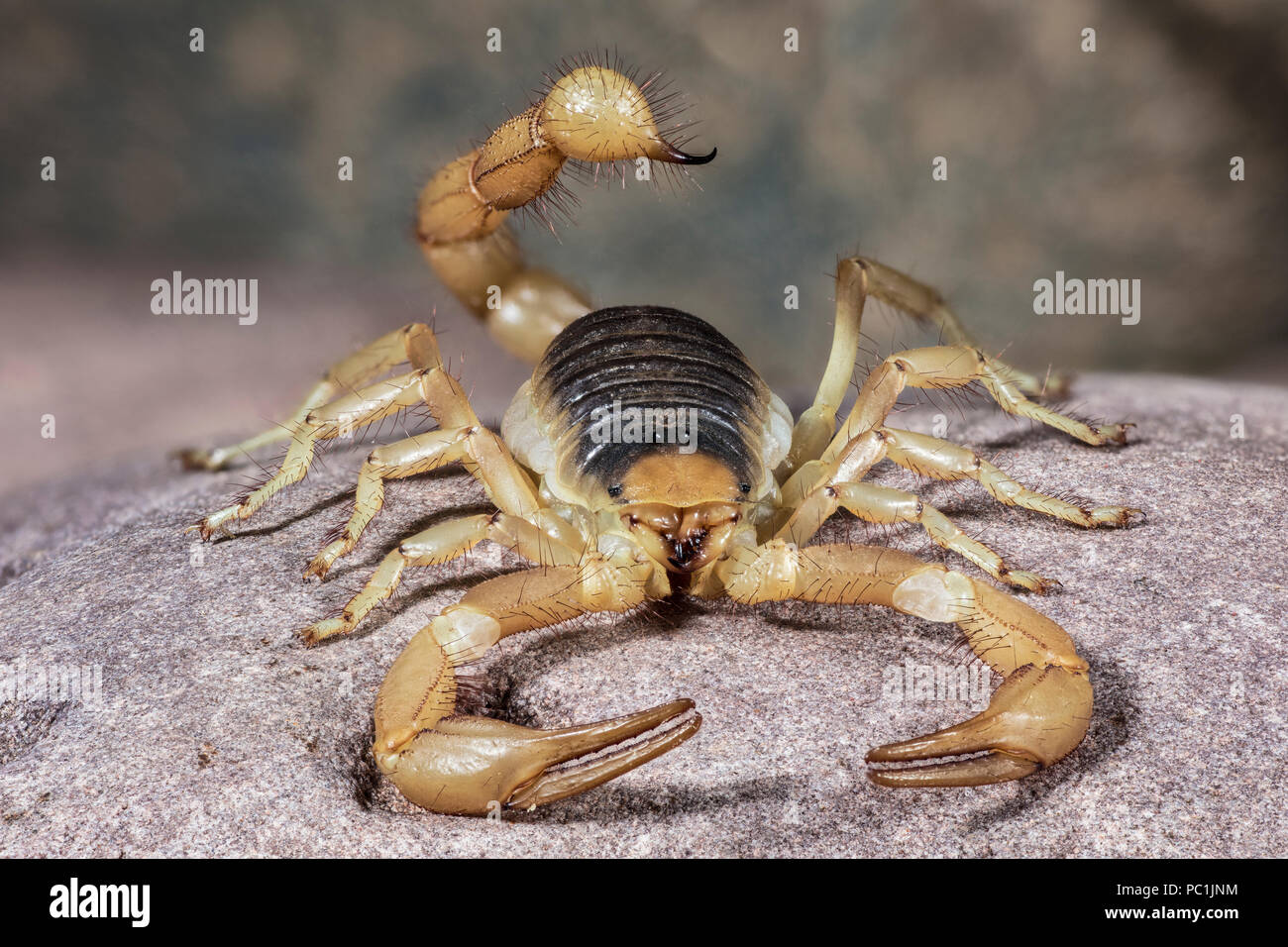
StripeTailed Scorpion also, Devil Scorpion, Paravaejovis spinigerus Stock Photo Alamy
Striped Scorpion Size Length: 1 to 1½ inches (average). Where To Find Primarily in the Ozarks and other parts of the southern half of Missouri where glades and other sunny dry habitat suit them. Habitat and Conservation Food Status Life Cycle Human Connections Ecosystem Connections Media Gallery Similar Species Similar Species

Stripetailed Scorpion (Vaejovis spinigeris) WildNaturePhotos, LLC
The striped bark scorpion ( Centruroides vittatus) is an extremely common scorpion found throughout the midsection of the United States and northern Mexico. It is perhaps the most frequently encountered scorpion in the U.S. Appearance A striped scorpion hiding among rocks at Taum Sauk Mountain State Park

Stripe Tailed Scorpion, Paravaejovis Spinigerus, Isolated on White, Side View CECP 2020 Stock
Videos View in 3D Battle Pet Team Calculator Links Stripe-Tailed Scorpid This NPC can be found in Tanaris (92), Badlands (35), and Terokkar Forest (30). Pet Battle: Badlands, Tanaris, Terokkar Forest Less venomous but more aggressive than other breeds of scorpion. Guides Battle Pets and Where to Find Them [Archive] Related Contribute
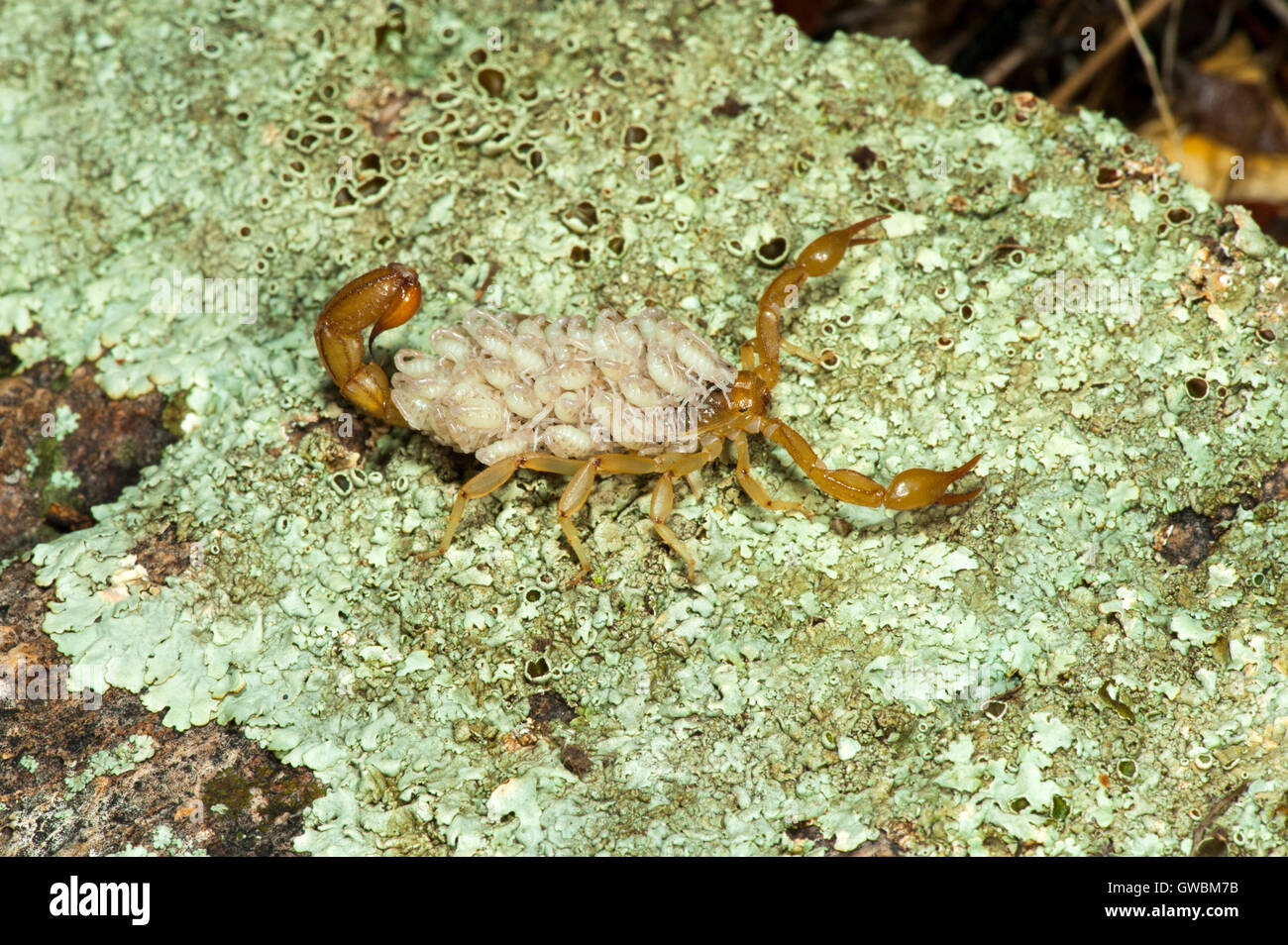
Stripe tailed Scorpion Vaejovis spinigeris Tucson, Arizona, United States 20 July 2009 Adult
Arizona stripe-tailed scorpion top, and yellow ground scorpion below (both about 1 inch in length) California, Nevada and Utah, as well as the Sonoran and Baja California Norte areas of Mexico. They have a mild venom, but strong pedipalps that they use to grasp prey.
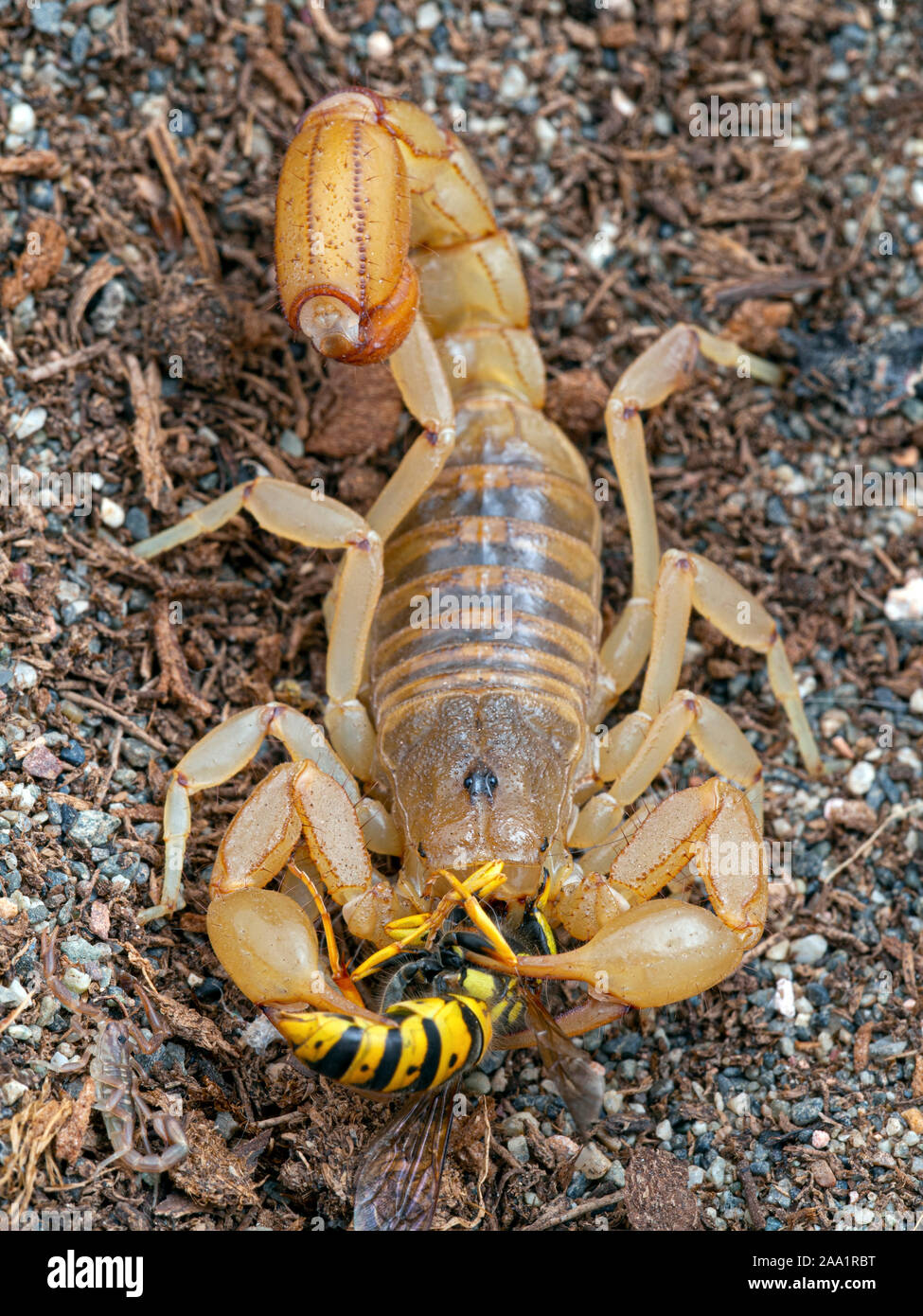
adult female stripetailed scorpion, Paravaejovis spinigerus, eating a yellowjacket wasp
Arizona stripe-tailed scorpion top, and yellow ground scorpion below (both about 1 inch in length) California, Nevada and Utah, as well as the Sonoran and Baja California Norte areas of Mexico. They have a mild venom, but strong pedipalps that they use to grasp prey.

Stripetailed Scorpion Flickr Photo Sharing!
Ciara Washington YouTube Video Stripe-tailed Scorpion Introduction: Hello. I am going to tell you about the Stripe-tailed Scorpion! These little critters are quick and aggressive, with a.
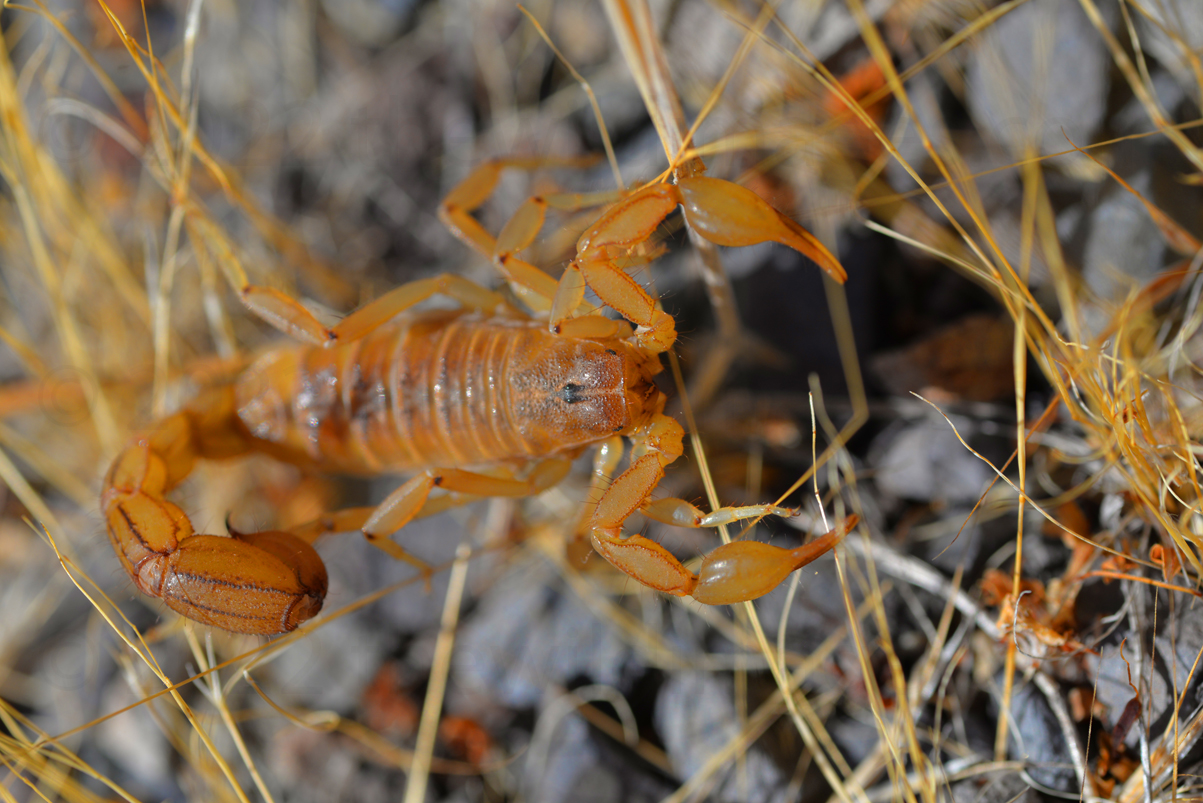
A StripeTailed Scorpion Displays Its Massive Tail Stinger While Walking Across The Hot Sonoran
Physical Description. Lesser Stripetail Scorpions are small, averaging around 3-5 inches in length. They have slender, elongated body with thin tail that ends in venomous stinger. Their body is typically a light brown or sandy color, with dark brown or black stripes running down their back and tail.